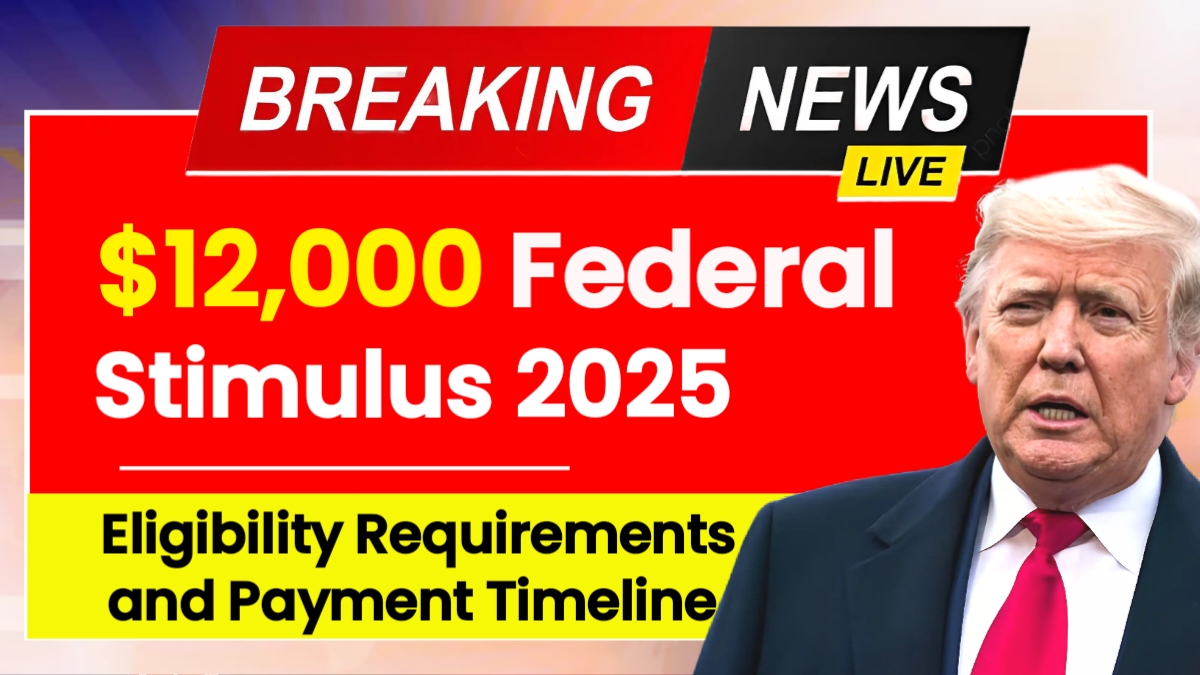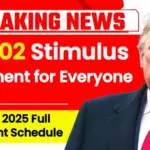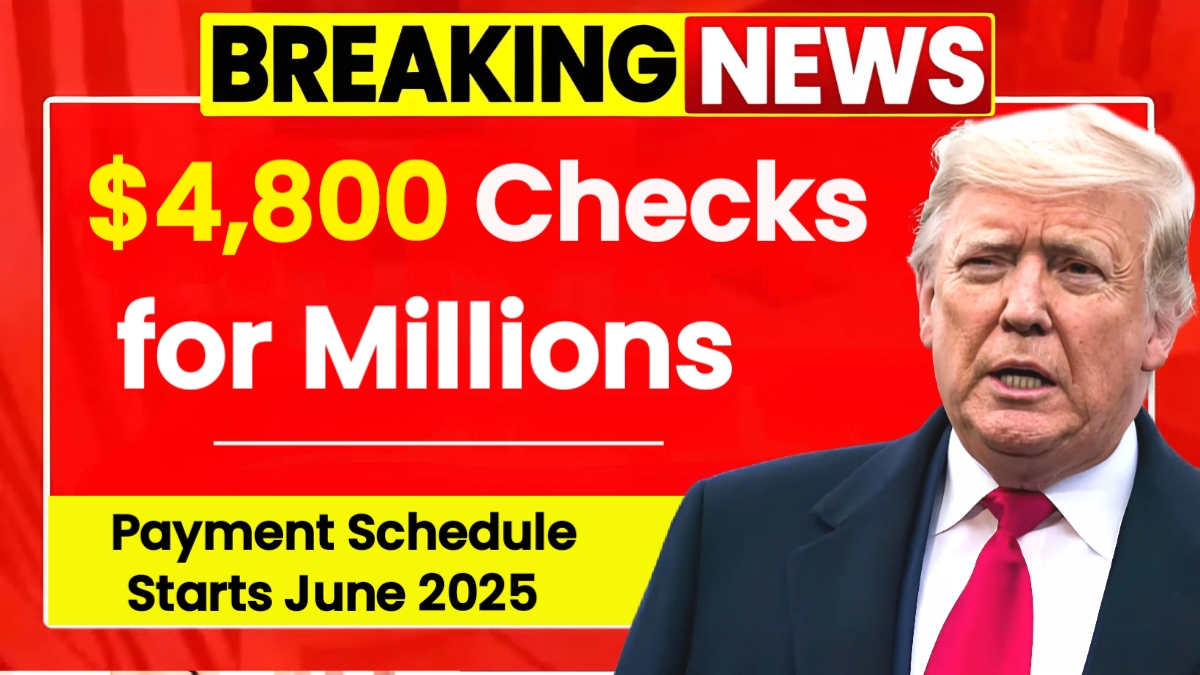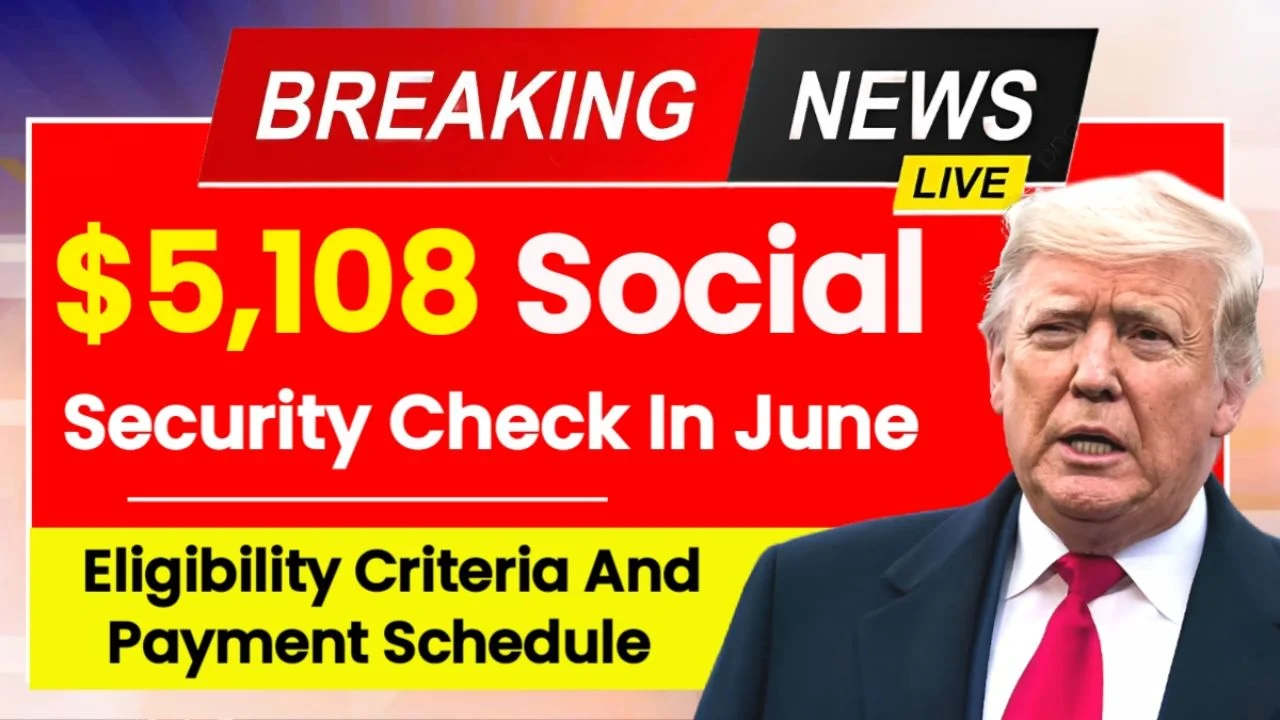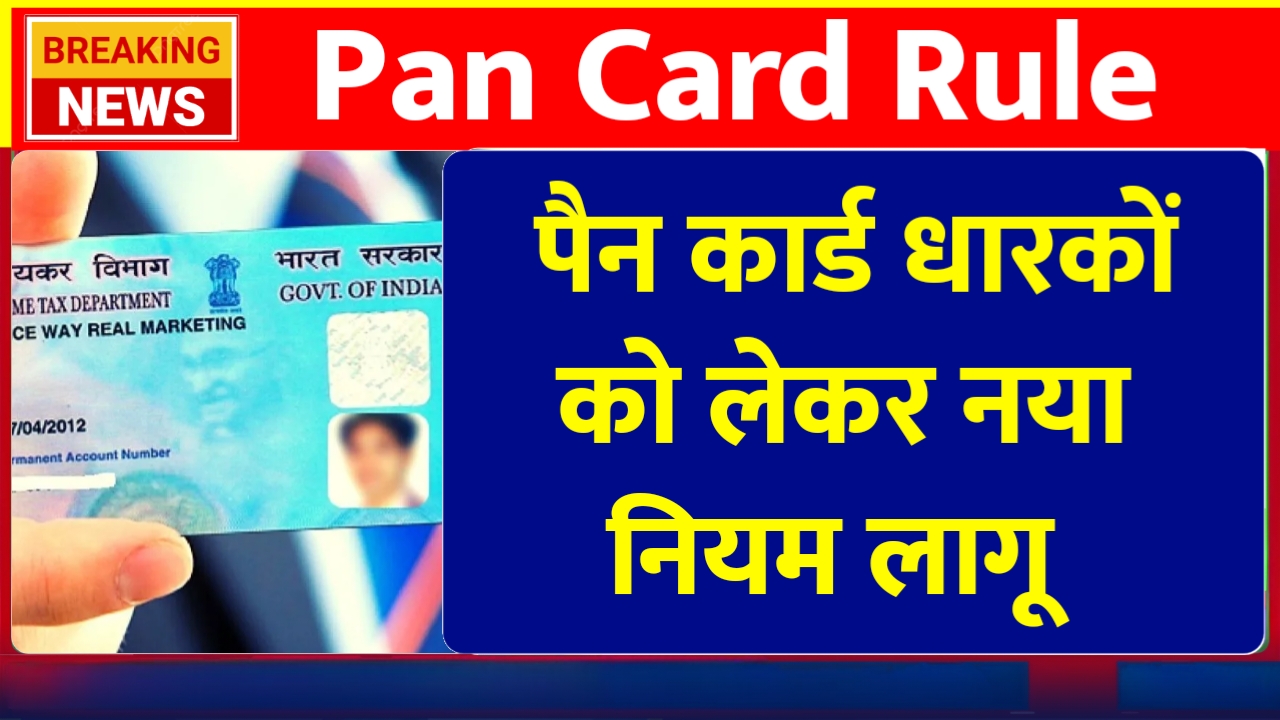$12,000 Federal Stimulus 2025: The United States federal government has unveiled a comprehensive economic relief package worth up to $12,000 per eligible recipient in response to ongoing financial challenges facing American families. This significant stimulus initiative comes as millions of households continue struggling with persistent inflation, rising unemployment rates, and increasing costs for essential goods and services. The program represents one of the largest direct payment efforts since the pandemic-era stimulus distributions, reflecting the government’s commitment to supporting citizens during these economically turbulent times.
Understanding the Need for Economic Assistance
Throughout 2024 and early 2025, American families have experienced substantial financial pressure due to escalating prices for basic necessities including food, gasoline, and housing. Middle-class and lower-income households have been particularly affected by these economic headwinds, prompting lawmakers to develop this targeted relief strategy. The $12,000 payment amount was carefully calculated to provide meaningful assistance while stimulating broader economic activity through increased consumer spending. Government economists anticipate this injection of funds will help stabilize household finances and encourage economic growth across multiple sectors.
Qualification Requirements and Income Limits
Not all Americans will qualify for the full $12,000 stimulus payment, as the program includes specific eligibility criteria designed to target assistance toward those most in need. Applicants must have filed a 2024 federal tax return to be considered for the program. Single taxpayers with an adjusted gross income of $75,000 or less will qualify for the complete payment amount, while married couples filing jointly must have a combined income below $150,000. Families with dependent children who previously claimed the Child Tax Credit receive priority consideration in the distribution process, recognizing the additional financial burdens of raising children during challenging economic periods.
Payment Distribution Timeline and Methods
The federal government plans to begin distributing stimulus payments in mid-July 2025, with the process continuing through September 2025. Recipients who have provided accurate banking information on their tax returns will receive payments through direct deposit, which typically arrives within seven to ten business days of processing. Those without banking details on file will receive paper checks mailed to their registered addresses, though this method may require two to four weeks for delivery. Early tax filers with complete documentation will receive priority processing, emphasizing the importance of timely and accurate tax submission.
Essential Documentation and Banking Information
Successful participation in the stimulus program requires several key documents and updated personal information. Recipients must have filed their 2024 tax return, provided valid Social Security numbers, and included current banking details for direct deposit. Families claiming dependent benefits should ensure proper documentation of all eligible dependents. Citizens who have recently changed banks or addresses should update this information immediately to avoid payment delays or misdirected funds that could significantly postpone receiving assistance.
Tax Implications and Additional Benefits
The $12,000 stimulus payment will be completely tax-free, meaning recipients can use the entire amount without worrying about future tax obligations. This non-taxable status allows families to allocate funds toward immediate needs such as housing costs, groceries, education expenses, or emergency savings without reducing the benefit’s value. Families with multiple dependents may qualify for additional payments based on the number of eligible family members, potentially increasing the total assistance received by households with children or other qualifying dependents.
Important Deadlines and Future Considerations
Americans who have not yet filed their 2024 tax returns must complete this requirement by May 15, 2025, to remain eligible for stimulus payments. Missing this deadline could result in forfeiture of benefits and potential impacts on other government assistance programs. Currently, officials have described this as a one-time relief measure, though additional rounds of payments may be considered if economic conditions fail to improve. The program’s success will likely influence future relief efforts and economic policy decisions.
Disclaimer: This article provides general information about federal stimulus programs based on publicly available sources. Payment amounts, eligibility requirements, and distribution timelines may change based on federal legislation and agency policies. Individuals should verify all information with official government sources such as the IRS or Treasury Department before making financial decisions based on this information.
